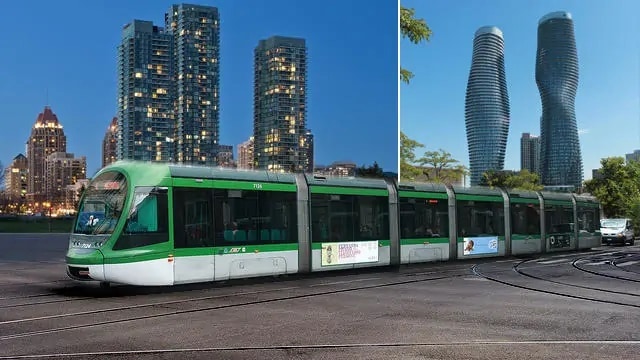The world’s cities are growing fast. Half the human race already lives in urban areas, and another 2.5 billion people could join them by 2050, the United Nations forecasts. While urban growth is inevitable, urban sprawl—with its long commutes and increased congestion—doesn’t have to be.
In the developed world, cities are slowly beginning to try to reconsider sprawl and embrace more walkable, transit friendly development. But, according to a new study, the opposite is true in many parts of the global south, where cities not only are experiencing the most headlong growth but are also taking a development path that could lock them into dependence on cars—and all their associated problems—for decades.
The problem, the study suggests, are “disconnected” street networks—think neighborhoods filled with cul-de-sacs, dead-ends and large block sizes. Highly disconnected street patterns increase travel distances and car dependency. Street designs with low levels of connectivity have been shown to increase traffic on major roads, increasing congestion and carbon emissions.
The alternative: connected street networks, like Manhattan’s regular grid of streets and avenues, that encourage walking, increase access to mass transit, and reduce traffic and car-related pollution.
“Transit doesn't work well without connected streets, and if you build lots of cul-de-sacs and gated communities, you're essentially transit-proofing the city for generations to come,” says Adam Millard-Ball, an associate professor of Environmental Studies at UC Santa Cruz and an author of the study.
Millard-Ball and Christopher Barrington-Leigh, an associate professor at McGill University’s Institute for Health and Social Policy and the McGill School of Environment, used satellite data to trace the evolution of street grids since 1975. They found a marked increase around the world in developments with disconnected streets. The most disconnected type of network design, typically found in gated communities, has nearly doubled worldwide since 2000, with the sharpest increases seen in Southeast Asia and Latin America.
Connected street networks help reduce traffic on major thoroughfares, are cheaper to build and maintain and by reducing travel distances, make walking and biking more desirable options. Perpendicular street grids like Manhattan’s or Barcelona’s, for instance, combine street connectedness with high density really well. Irregular but highly connected street patterns like Paris’s or Tokyo’s also do the job—you’re never very far away from a public transit stop.
What’s more, the way streets are laid out now determines the pattern of later growth. “Street connectivity fundamentally constrains both people's travel choices and also how cities can adapt and evolve in the future,” says Millard-Ball.
Throughout much of the 20th century, urban growth in North America and Europe emphasized car-led development. Cul-de-sacs were perceived as family-friendly and safer for children, but contributed to car-dependency and other problems associated with sprawl.
Today, at least in higher-income countries, more cities are moving away from disconnected street networks and are adopting policies that encourage walkability and transit-oriented development. A ‘hipsturbia’ trend sees developers catering to the millennials by building neighborhoods with easy walking access to cafes, restaurants and local shops.
